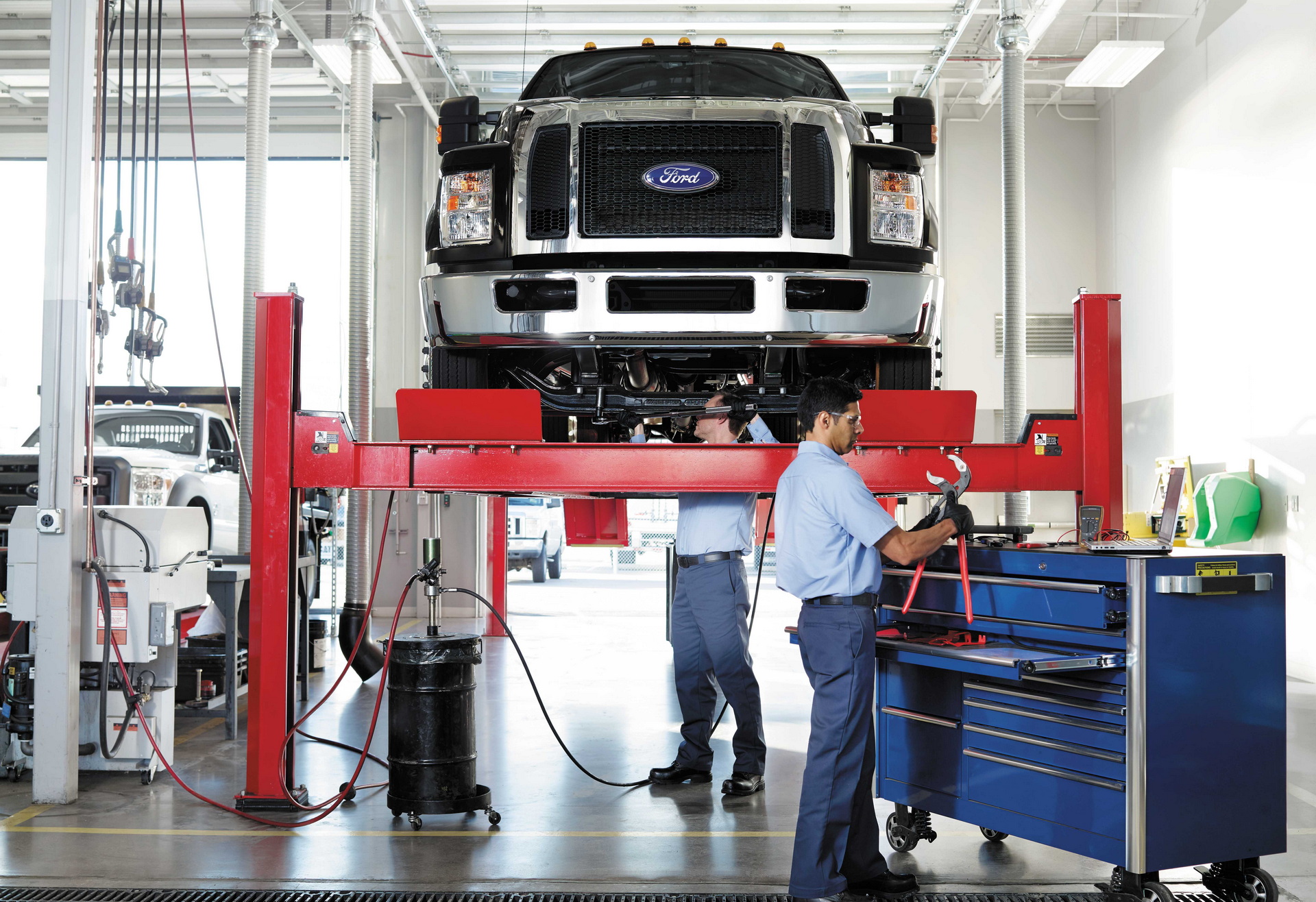The world of customer service is an ever-changing one, but if the Covid pandemic has taught U.S. consumers one thing, it’s that a lot of long conversations can be avoided with a text.
Automotive News (subscription required) reports that customers at dealership service centers are increasingly eager to have most communications happen via text message. According to Tina Tasche, Van Horn Auto dealer network, the texts have been coming in faster than ever.
“In January 2020, we were bringing in about anywhere from a thousand to 1,200 text leads. And then in the peak of the pandemic—you know, June, summertime—all of a sudden we had 2,000 text leads coming in,” said Tasche. “So we definitely saw an increase in texting.”
Read Also: Dealer Profits Grow As Demand Outpaces Supply Because Of Chip Shortage
According to Chris Sutton, the VP of automotive retail at J.D. Power, that’s something people have been looking seeking for a long time.
“About 30% of consumers say ‘Hey, texting is the number one way that I want to engage with my dealer,’ whether we’re talking about a sales or a service engagement,” said Sutton. “Many dealers today really underperform there. Dealers are performing about three times less than what consumers are looking for.”
Consumer Reports, in its Customer Satisfaction index, found that satisfaction rose 44 points for customers of premium brands and 69 points for customers of mass-market brands when texting was offered.
But getting service departments onboard has been slow. According to Tasche, it has always adopted this kind of technology slower than, say, the sales department. But they’re becoming convinced.
“I can tell just by reading conversations and by looking at text messages in our interaction management platform that service, they’re really starting to get on board,” she said. “They’re seeing how fast they can get responses and they’re really starting to pivot themselves into being more text-friendly.”
And that’s because the customers aren’t the only ones who benefit. Many customers respond more quickly to a text, so service departments aren’t left waiting for approval. And if the team finds something, they can text a picture of it to the customer to show them what’s wrong.
All of which means, the communication option is here to stay.
“Although people maybe gravitated to those sorts of experiences because they were scared 12 months ago, we’re kind of getting back to business as usual but we’ve all realized, like, ‘Hey this actually much easier and more convenient for me,'” Sutton says.






